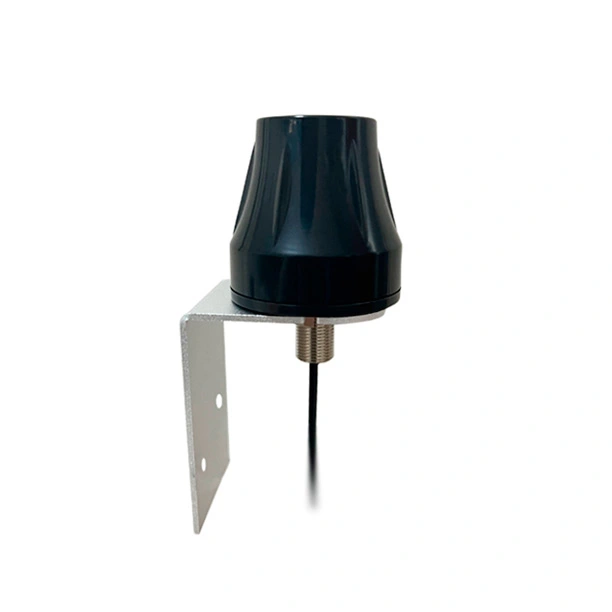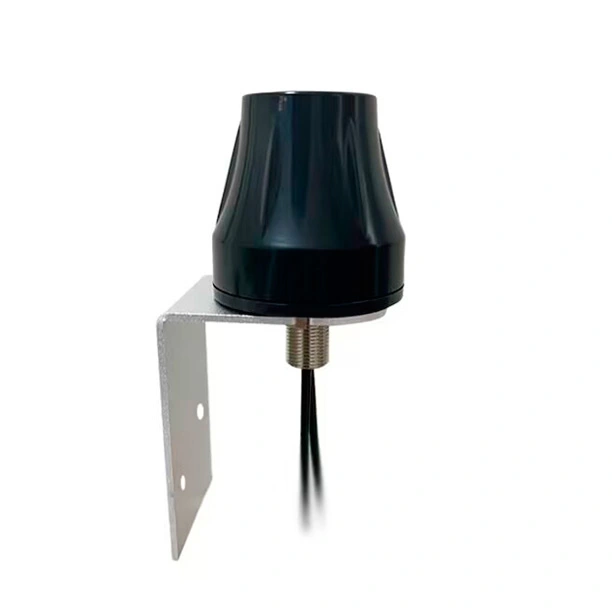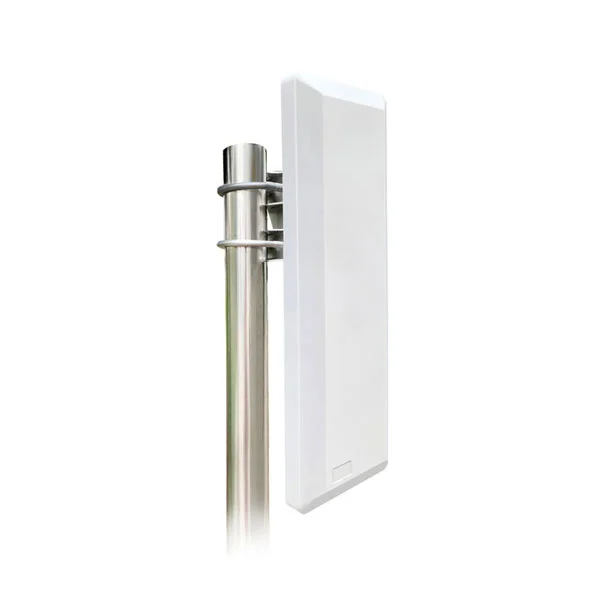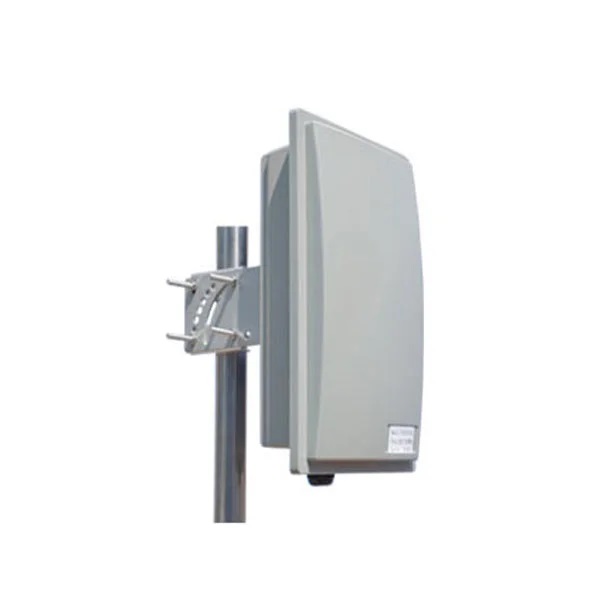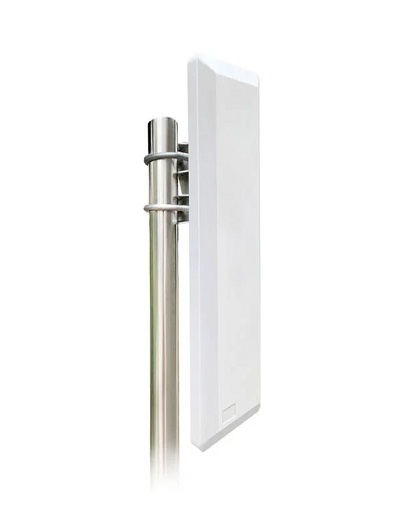Understanding the nuances between WiFi antennas and 4G antennas is essential for making informed decisions about connectivity solutions. WiFi antennas and 4G antennas serve different purposes in the realm of wireless communication, and they differ in terms of their design, frequency bands, and applications.
Understanding WiFi Antennas
WiFi antennas play a pivotal role in enhancing the performance of wireless local area networks (WLANs). These antennas come in various types, such as omni-directional and directional, each catering to specific needs. The primary purpose of a WiFi antenna is to amplify signal strength and extend coverage, ensuring a robust connection within a designated area.
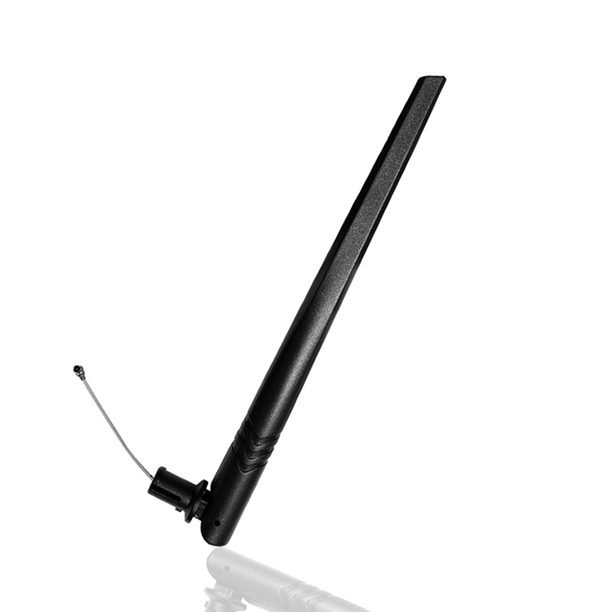
Exploring 4G Antennas
On the other hand, 4G antennas are integral components of cellular networks, providing high-speed internet access to mobile devices. These antennas are designed to transmit and receive data over the fourth generation of mobile telecommunications technology. Unlike WiFi, which is confined to specific areas, 4G antennas offer broader coverage, making them ideal for mobile applications.

Key Differences Between WiFi and 4G Antennas
One of the fundamental distinctions lies in the frequency bands they operate on. WiFi commonly uses the 2.4 GHz and 5 GHz bands, while 4G operates in a range of frequency bands, depending on the service provider. This variance contributes to differences in coverage range and signal strength.
Advantages of WiFi Antennas include high-speed data transfer and cost-effectiveness for local networks. Meanwhile, 4G antennas boast wide-area coverage and mobility advantages, making them suitable for users on the move. However, both technologies come with their set of challenges, such as WiFi's susceptibility to interference in crowded areas and 4G's dependence on cellular infrastructure.
Frequency Bands:
WiFi Antennas: WiFi operates in the 2.4 GHz and 5 GHz frequency bands. The most common WiFi standards are 802.11n, 802.11ac, and 802.11ax (Wi-Fi 6), each using specific frequency ranges within these bands.
4G Antennas: 4G LTE (Long-Term Evolution) networks operate in a range of frequency bands, which can include 700 MHz, 800 MHz, 1.8 GHz, 2.1 GHz, and others, depending on the specific LTE deployment and region.
Communication Standards:
WiFi Antennas: Designed for wireless local area networking (WLAN), WiFi antennas are used for standards like IEEE 802.11a/b/g/n/ac/ax, providing connectivity within a limited range (typically within a home or office).
4G Antennas: 4G antennas support cellular networks, specifically LTE (Long-Term Evolution), which enables mobile broadband and high-speed data communication over a broader geographic area.
Data Transfer Rates:
WiFi Antennas: WiFi is designed for relatively short-range, high-data-rate communication within a local area. WiFi standards like 802.11ac and 802.11ax offer high data transfer rates suitable for applications like streaming, online gaming, and file transfers.
4G Antennas: 4G LTE provides high-speed mobile data connectivity over a more extensive coverage area, making it suitable for on-the-go internet access, video streaming, and other mobile applications.
Coverage Area:
WiFi Antennas: WiFi networks typically cover smaller areas, such as homes, offices, or public hotspots. The signal strength diminishes with distance from the access point.
4G Antennas: 4G networks are designed to cover larger geographic areas, providing mobile connectivity across cities, suburbs, and rural regions.
Application Environments:
WiFi Antennas: Commonly used for local wireless networking in homes, offices, cafes, and public spaces. Applications include internet browsing, file sharing, and connecting various devices to a local network.
4G Antennas: Widely used in mobile devices, such as smartphones, tablets, and modems, to enable high-speed internet access on the go. Also used in fixed wireless access for broadband connectivity in homes and businesses.
Antenna Types:
WiFi Antennas: Common types include omni-directional antennas for general coverage and directional antennas for point-to-point or point-to-multipoint communication within a limited range.
4G Antennas: Include various types such as omnidirectional antennas for general mobile coverage, directional antennas for optimizing connections to specific cell towers, and MIMO (Multiple Input Multiple Output) antennas for improved data rates.

 English
English

